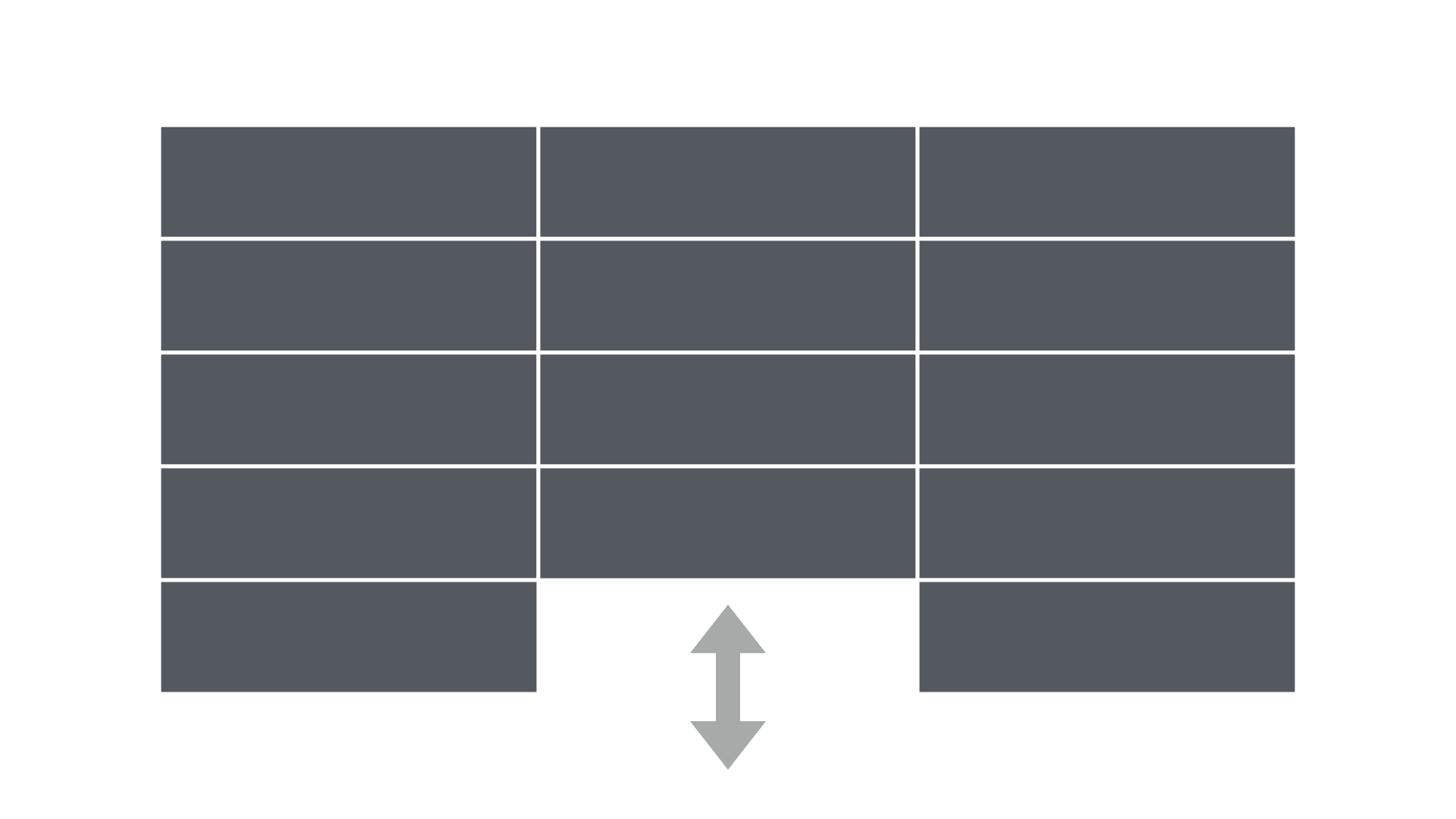No, not party. Parti. It’s a word used by architects to refer to the big idea that animates a design. It’s an important concept in architecture and one that should be known to designers of information environments as well.
Let’s look at an example: The Kimbell Art Museum in Fort Worth, Texas by the architect Louis Kahn. The Kimbell is one of my favorite buildings in the U.S., and much of its appeal is due to the clarity of the idea that drives the design.
The big idea that served as the departure point for the Kimbell is a concrete vault with a slit down the middle that allows sunlight to wash down vault’s internal surfaces.
](/assets/images/2017/10/kam_gallery2_0.jpg)
Photo: Kimbell Art Museum
The building is organized using these vaulted spaces as units on a grid. There is a unit missing in the center to indicate the entrance.

Much of the interest in the Kimbell comes from the articulation of these units into various uses and configurations.

](/assets/images/2017/10/kimbellgiftshop.jpg)
Image: Travel Codex
For example, the museum has public spaces such as the entrance foyer, and private back office spaces. The vault module serves both. As with many museums, the Kimbell also has an auditorium, and this one is unusual because it’s set within a long, narrow vault unit.
](/assets/images/2017/10/exhibitiononscreen_films.jpg)
Image: Dallas Observer
As you may sense from these photos, starting with a clear parti can give an environment a coherence that makes it understandable to the people who use it. Understandability and learnability are key goals in the design of complex information environments, and looking at how architects evolve designs from a central driving idea can help us further these goals.